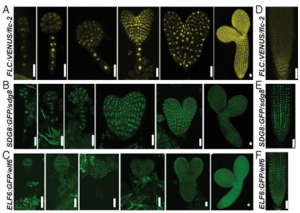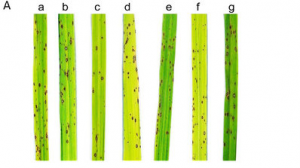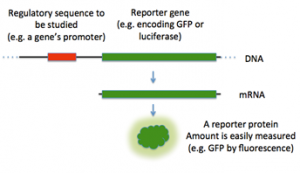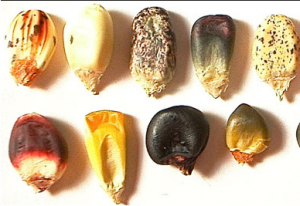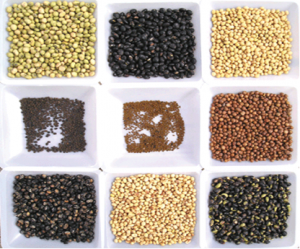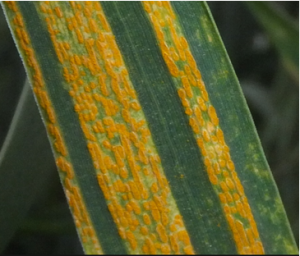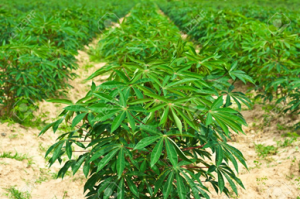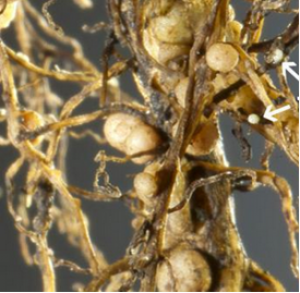How chromatin influences transcription is a major question in biology. Chromatin states and transcriptional activity are correlated, but the interconnections and feedbacks in chromatin regulation that lead to quantitative transcriptional regulation are poorly understood. Previous mathematical modeling has shown the importance of dynamic, opposing histone modifications to enable maintenance of one chromatin state through many cell divisions,
Calpains are ubiquitous and well-conserved proteins that belong to the calcium-dependent, non-lysosomal cysteine protease family. In this study, 8 putative calpains were identified using Pfam domain analysis and BlastP searches in M. oryzae. Three single gene deletion mutants (ΔMocapn7, ΔMocapn9 and ΔMocapn14) and two double gene deletion mutants (ΔMocapn4ΔMocapn7 and ΔMocapn9ΔMocapn7)
Coilin is a marker protein for subnuclear organelles known as Cajal bodies, which are sites of various RNA metabolic processes including the biogenesis of spliceosomal small nuclear ribonucleoprotein particles. Through self-associations and interactions with other proteins and RNA, coilin provides a structural scaffold for Cajal body formation. However, despite a conspicuous presence in Cajal bodies, most coilin is dispersed in the nucleoplasm and expressed in cell types that lack these organelles.
DNA methylation in plants is found at CG, CHG, and CHH sequence contexts. In plants, CG DNA methylation is enriched in the transcribed regions of many constitutively expressed genes (gene body methylation; gbM) and shows correlations with several chromatin modifications. Contrary to other types of DNA methylation, the evolution and function of gbM are largely unknown. Here we show two independent concomitant losses of the DNA methyltransferase CHROMOMETHYLASE 3 (CMT3) and gbM without the predicted disruption of transcription and of modifications to chromatin.
To better understand maize endosperm filling and maturation, we used γ-irradiation of the B73 maize reference line to generate mutants with opaque endosperm and reduced kernel fill phenotypes, and created a population of 1788 lines including 39 Mo17 × F2s showing stable, segregating, and viable kernel phenotypes. For molecular characterization of the mutants, we developed a novel functional genomics platform that combined bulked segregant RNA and exome sequencing (BSREx-seq) to map causative mutations and identify candidate genes within mapping intervals.
ALD1 (ABERRANT GROWTH AND DEATH2 [AGD2]-LIKE DEFENSE1) is one of the key defense regulators in Arabidopsis thaliana and Nicotiana benthamiana. In these model plants, ALD1 is responsible for triggering basal defense response and systemic resistance against bacterial infection. As well ALD1 is involved in the production of pipecolic acid and an unidentified compound(s) for systemic resistance and priming syndrome, respectively.
The identification and mobilization of useful genetic variation from germplasm banks for use in breeding programs is critical for future genetic gain and protection against crop pests. Plummeting costs of next-generation sequencing and genotyping is revolutionizing the way in which researchers and breeders interface with plant germplasm collections. An example of this is the high density genotyping of the entire USDA Soybean Germplasm Collection
Virulence shifts in populations of Puccinia striiformis f. sp. tritici (Pst), the causal pathogen of wheat stripe rust, are a major challenge to resistance breeding. The majority of known resistance genes are already ineffective against current races of Pst, necessitating the identification and introgression of new sources of resistance. Germplasm core collections that reflect the range of genetic and phenotypic diversity of crop species are ideal platforms for examining the genetic architecture of complex traits such as resistance to stripe rust
Cassava plants (Manihot esculenta Crantz) have obvious abscission zone (AZ) structures in their leaf pulvinus-petioles. Cassava leaf abscission can be triggered by either 17 days of water-deficit stress or 4 days of ethylene treatment. To date, little is known about cassava AP2/ERF factors, and less is known regarding their roles in regulating abscission zone development.
A major soybean (Forrest cultivar) quantitative trait locus (QTL) gene, Rhg4, which controls resistance to soybean cyst nematodes (SCN), encodes the enzyme serine hydroxylmethyltransferase (SHMT). The resistant allele possesses two critical missense mutations (P130R and N358Y) compared to that of the sensitive allele, rhg4. To understand the evolutionary history of this gene, sequences of 117 SHMT family members from 18 representative plant species were used to reconstruct their phylogeny.


 Curently online :
Curently online :
 Total visitors :
Total visitors :
